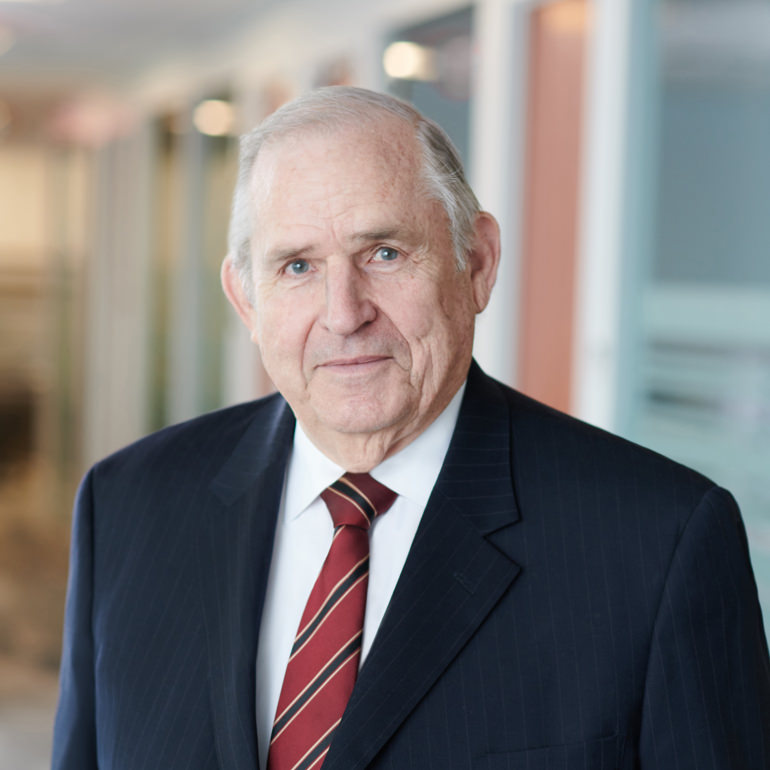Hospice Fraud Enforcement
Key Points:
- Inappropriate billing practices, poor care quality, and rapid growth in new hospices
- Hospice fraud includes billing fraud, improper care/abuse, and kickbacks
Hospice is one of the most frequently targeted sectors of health care. Hospice organizations are under increasing legal and regulatory scrutiny related to medical necessity complaints under the False Claims Act and the closely related Anti-Kickback Statute. This past year, the DOJ has increased scrutiny and placed the hospice sector as a top enforcement priority and views this area as one of the major causes of improper Medicare expenditures. They continue to rely in large measure on “whistleblowers” to alert them to potential frauds. The OIG is following up on the results of previous audits where they consistently found beneficiary eligibility issues. This past year, they launched a nationwide audit of hospice eligibility. They are reviewing hospice Medicare claims and associated documentation. This review focuses on patients who did not have a hospitalization or emergency department visit before electing hospice. CMS has been making unannounced visits to over 7,000 hospices to ensure they are operating at the address where they are registered. They also review hospice claims after the beneficiaries’ first 90 days of care. Medicare and its contractors commonly scrutinize the claims submitted by new hospices, making it more difficult for a hospice to bill the government for inappropriate patients or medically unnecessary services. CMS also released a proposed rule requiring further analysis of the number of patients leaving hospice alive, the diagnoses provided on hospice claims, and Medicare hospice spending. They also made hospice ownership data public.
Most DOJ and OIG enforcement actions result from arrangements that implicated the Anti-Kickback Statute; all these cases were initiated by “whistleblowers.” Common situations that led to enforcement action include:
- Giving free supplies or cash payments to a nursing home in exchange for referring patients.
- Providing free nursing home services in return for being alerted to patients needing hospice services.
- Paying a physician to refer patients.
- Paying above fair market value for non-core services, which Medicaid does not consider included in its room and board payment to the nursing home.
- Referring patients to a nursing home to induce referrals of their patients for hospice services.
- Offering free or below fair market value goods to a nursing home to induce patient referrals.
- Providing free or below fair market value care to nursing home patients in return for referrals.
- Making room and board payments to the nursing home more than the nursing home would have received directly from Medicaid had the patient not been enrolled in hospice.
- Fraudulently claiming to provide hospice services for beneficiaries who were not terminally ill.
- Shutting down when audited and exceeded payment limits only to reopen as a new entity.
- Failing to submit a valid provider address (i.e., the address where they’re registered).
- Asking a patient or their family to pay for services already paid for by Medicare or Medicaid.
- Ordering medication or tools to treat a patient, even though they are not required or unhelpful.
- Billing Medicare/Medicaid for a more costly level of care than necessary.
- Failing to discharge a patient when conditions improve, and life expectancy is beyond six months.
- Signing patients for hospice care regardless of whether they are dying.
You can keep up-to-date with Strategic Management Services by following us on LinkedIn.
Subscribe to blog